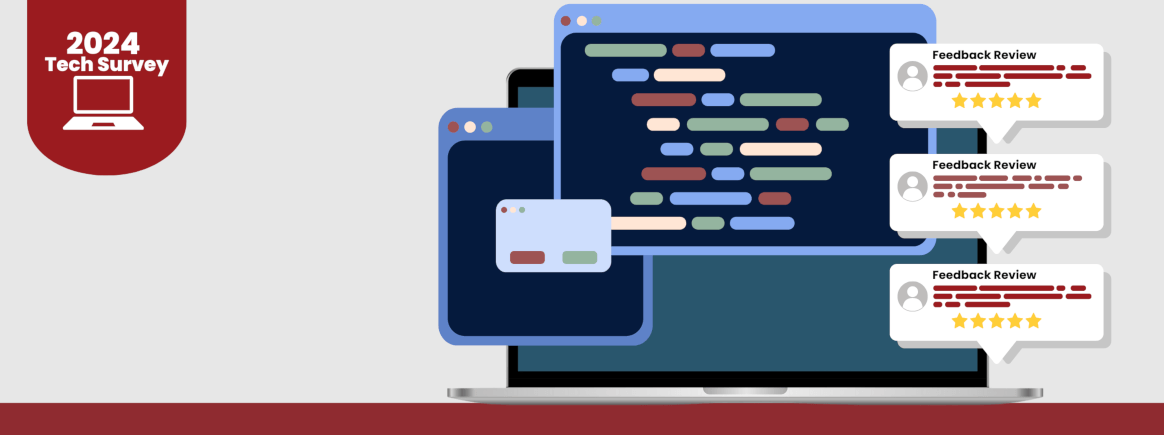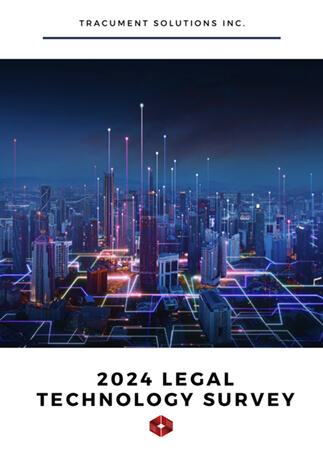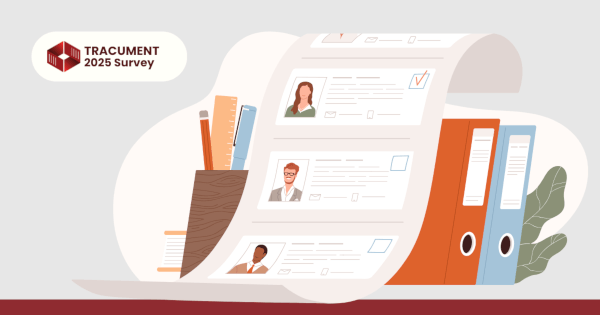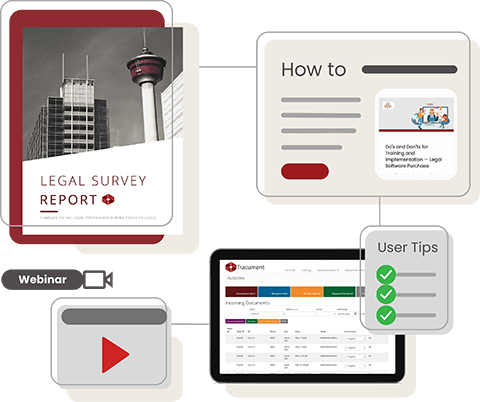
Rethinking Technology Adoption in Law Firms: Why Feedback Alone Isn't Enough
This blog was featured on TLOMA.
As technology continues to evolve, law firms are increasingly faced with the challenge of integrating new tools and software into their practice. From document management systems to AI-driven legal research platforms, the potential benefits of these technologies are immense. However, many law firms still rely primarily on post-implementation user feedback to evaluate the effectiveness of new technologies. While feedback is valuable, it is not the most effective method for determining the true value of technology investments. Instead, law firms should establish clear, objective goals and measure the effectiveness of technology against these benchmarks. This approach ensures a more accurate assessment of the technology's impact and aligns technological adoption with the firm's strategic objectives.
The Limitations of Relying on Feedback
Feedback from lawyers and staff is undoubtedly important, as it provides insights into the user experience and potential issues with new technology. However, relying solely on subjective feedback has several limitations:
-
Bias and Variability:
Feedback is inherently subjective and can be influenced by individual preferences, resistance to change, or isolated negative experiences. This variability can obscure the overall effectiveness of the technology.
-
Lack of Context:
Feedback often lacks context about how the technology impacts broader business goals. A tool that some users find cumbersome might still deliver significant efficiency gains or cost savings at the firm level.
-
Short-Term Focus:
Feedback tends to focus on immediate experiences rather than long-term benefits. The true value of technology may become apparent only over time as users become more proficient and the technology integrates fully into workflows.
The Case for Objective Goals
To overcome these limitations, law firms should adopt a more structured approach to technology evaluation. This starts with setting clear, objective goals that align with the firm's strategic objectives. These goals provide a benchmark against which the effectiveness of the technology can be measured. Here's how to do it:
-
Identify Strategic Objectives:
Begin by identifying the firm's strategic objectives. Are you looking to increase efficiency, reduce costs, improve client service, or gain a competitive edge? Understanding these goals will help determine what success looks like for your technology investments.
-
Define Key Performance Indicators (KPIs):
Once strategic objectives are clear, define specific, measurable KPIs that reflect these goals. For example, if the goal is to increase efficiency, relevant KPIs might include the time taken to complete specific tasks, the number of billable hours recovered through automation, or the reduction in administrative overhead.
-
Establish Baselines:
Before implementing new technology, establish baseline metrics for each KPI. This provides a point of comparison to measure the impact of the technology over time.
-
Set Targets:
Set realistic targets for each KPI based on the anticipated benefits of the technology. These targets should be ambitious but achievable, providing a clear goal for the technology to meet or exceed.
Measuring Effectiveness
With objective goals and KPIs in place, the next step is to systematically measure the effectiveness of the technology against these benchmarks. This involves collecting and analyzing data to assess whether the technology is meeting its targets. Here's how:
-
Data Collection:
Implement systems to collect data related to your KPIs. This might involve using analytics tools, time-tracking software, or custom reporting features within the technology itself. Ensure that data collection is consistent and accurate.
-
Regular Reviews:
Conduct regular reviews of the data to track progress against your targets. This might be done monthly, quarterly, or at other appropriate intervals, depending on the nature of the technology and the firm's goals.
-
Adjust and Optimize:
Use the insights gained from data analysis to adjust and optimize the use of the technology. If the technology is not meeting its targets, identify the reasons and take corrective action. This might involve additional training for users, adjusting workflows, or even reevaluating the suitability of the technology.
-
Long-Term Assessment:
In addition to regular reviews, conduct a more comprehensive long-term assessment to evaluate the overall impact of the technology. This should consider both quantitative data and qualitative feedback, providing a holistic view of the technology's effectiveness.
Real-World Application: A Case Study
Consider a law firm that decides to implement a new software—in this case we will use our own platform, Tracument—with the goal of increasing research efficiency and accuracy. Here's how they might apply the approach outlined above:
-
Identify Strategic Objectives:
The firm's strategic objective is to improve the efficiency and accuracy of collecting third-party records, freeing up clerks and LAAs to focus on higher-value tasks.
-
Define KPIs:
Relevant KPIs might include the average time spent on a request, the number of errors or failures to complete a request on time, and firm satisfaction with the amount of time and hard cost spent collecting the documents
-
Establish Baselines:
Before implementing the new platform, the firm collects data on current third-party record collection times, error rates, and firm satisfaction.
-
Set Targets:
The firm sets targets for a 75% reduction in research time, a 50% reduction errors or unsatisfactory outcomes, and a 20% increase in overall satisfaction scores.
-
Measure Effectiveness:
After implementing the platform, the firm collects data on these KPIs at regular intervals. They find that record collections times have decreased by 80%, errors have been reduced by 60%, and satisfaction scores have increased by 25%.
-
Adjust and Optimize:
Based on the data, the firm identifies areas where further improvements can be made, such as additional training for staff to fully leverage the platform's capabilities.
Conclusion
Incorporating new technology into a law firm is a complex but essential process in today's fast-paced legal environment. While feedback from lawyers and staff is important, it should not be the sole method for evaluating the effectiveness of new technologies. By starting with clear, objective goals and measuring against these benchmarks, law firms can ensure that their technology investments deliver tangible benefits and align with their strategic objectives. This data-driven approach not only provides a more accurate assessment of the technology's impact but also helps to drive continuous improvement and long-term success.
You may also like
Tracument Wrapped!
December 4, 2025
What 2025 Looked like for Tracument and for you!
Technology Shaping Firm Growth
December 1, 2025
Discover how legal tech boosts firm growth, cuts costs, reduces turnover, and drives success in 2025. Take our survey today!
What Great Training Looks Like in 2025
November 17, 2025
Discover the 4 keys to effective legal tech training in 2025. See the stats, avoid pitfalls, and share your insights in our latest survey.





